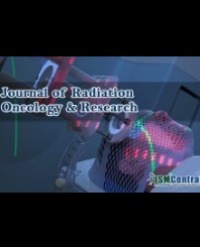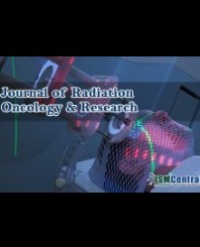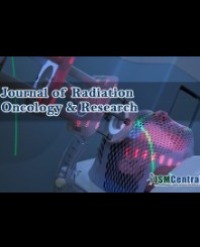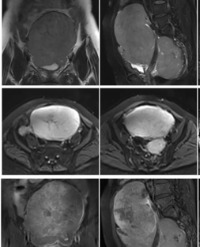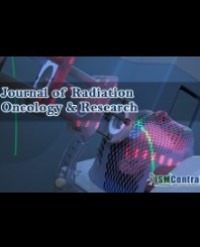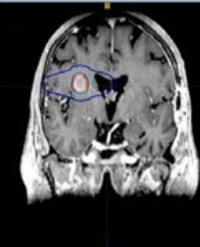
Fractionated Stereotactic Radiotherapy and Stereotactic Radiosurgery as Salvage Treatment for Recurrent Malignant High Grade Gliomas
High-Grade Gliomas (HGG) are the most common and aggressive primary brain malignancies in adults. Fractionated Stereotactic Radiotherapy (fSRT) and Stereotactic Radiotherapy (SRS) have emerged as a novel technique to deliver high doses of RT in the recurrent setting with aim for durable local control and potential overall survival benefit. This study evaluated the patterns of recurrence, prognostic indicators as well as the efficacy of treatment in patients with recurrent HGG treated by fSRT or SRS. Favorable outcomes were observed in patients treated with fSRT and SRS as salvage therapy. The predominant mode of failure post salvage SRS and fSRT remains in-field. Prospective trials are required to better define patient selection, tumor recurrence size, and effective dose regimen.
Kevin King*, Philip Blumenfeld, Jacob Y Shin, George Tolekidis and Aidnag Diaz

